The plan for this month was B.B. King’s LIVE ON STAGE but with the recent passing of Austin mainstay Denny Freeman that’s postponed until next month. This month we take a listen to Freeman’s A TONE FOR MY SINS from 1997.
Freeman was a Dallas native who moved to Austin in 1970 soon followed by his buddies Jimmie and Stevie Vaughan. Having already backed Freddie King at the Armadillo World Headquarters he became a staple at Antone’s backing every Blues legend who passed through the door. You’d be hard pressed to find someone he didn’t play with. He released two albums on the Antone’s label and then at the end of the century as the DIY Indie Musician came to prominence released three more which is where we’re taking a listen.
“Vigilante” opens the disc kicking in the door down-shifting with the appropriately titled “Wah Wah Toosie”. He shifts gears again with “It’s A Love Thing” dipping into soul and dripping with it. Though he burns on the uptempo numbers it’s on ones like this where his lyrical yet authoritative style really shines through. Freeman was also a solid Jazz player and on “Swing Set” he pulls out the big box and swings uptown through some sophisticated chord changes. “Cat Fight” is a blistering slow Blues that finds Freeman playing some rarely heard slide alongside some Chicago-style piano reminiscent of Muddy Waters’ Chess sides. “Don’t Stop Now”picks the tempo back up with another nod to Soul and R&B.
“Stealing Berries Part II” finds him paying tribute to Chuck Berry via a reworking of “Guitar Boogie”, slinky string bends and swinging double-stops aplenty. “Swamp Box” lives up to its name evoking Louisiana in the afternoon, almost like Jerry Reed if he had been a Blues player. “Aftershock” and “That’s What She Said” find him barreling down two different Soul/R&B lanes before coming back to those territories where he really shines with the mid-tempo ballad “Soul Burden” that may be some his deepest playing on record and another Jazz number, the “welcoming a sunny new day” upbeat and swinging heavy “Rhythm Method”.
A TONE FOR MY SINS is one of those albums that can be listened to both ways; musicians, especially guitarists, will marvel and be inspired by the way he effortlessly flies through so much musical terrain with authority as the notes cascade from his guitar and regular people who just want to hear some good music can enjoy it just the same. All instrumental with the tunes averaging three-and-a-half to four minutes, Freeman serves up a fine platter that flows seamlessly from start to finish. This one your neighbors really will thank you for.
For further reading on his life and career read my interview with him at https://jjvicars.com/blogs/blog/posts/denny-freeman-part-1 and https://jjvicars.com/blogs/blog/posts/denny-freeman-part-2
RIP Denny Freeman (1944-2021)
Freeman was a Dallas native who moved to Austin in 1970 soon followed by his buddies Jimmie and Stevie Vaughan. Having already backed Freddie King at the Armadillo World Headquarters he became a staple at Antone’s backing every Blues legend who passed through the door. You’d be hard pressed to find someone he didn’t play with. He released two albums on the Antone’s label and then at the end of the century as the DIY Indie Musician came to prominence released three more which is where we’re taking a listen.
“Vigilante” opens the disc kicking in the door down-shifting with the appropriately titled “Wah Wah Toosie”. He shifts gears again with “It’s A Love Thing” dipping into soul and dripping with it. Though he burns on the uptempo numbers it’s on ones like this where his lyrical yet authoritative style really shines through. Freeman was also a solid Jazz player and on “Swing Set” he pulls out the big box and swings uptown through some sophisticated chord changes. “Cat Fight” is a blistering slow Blues that finds Freeman playing some rarely heard slide alongside some Chicago-style piano reminiscent of Muddy Waters’ Chess sides. “Don’t Stop Now”picks the tempo back up with another nod to Soul and R&B.
“Stealing Berries Part II” finds him paying tribute to Chuck Berry via a reworking of “Guitar Boogie”, slinky string bends and swinging double-stops aplenty. “Swamp Box” lives up to its name evoking Louisiana in the afternoon, almost like Jerry Reed if he had been a Blues player. “Aftershock” and “That’s What She Said” find him barreling down two different Soul/R&B lanes before coming back to those territories where he really shines with the mid-tempo ballad “Soul Burden” that may be some his deepest playing on record and another Jazz number, the “welcoming a sunny new day” upbeat and swinging heavy “Rhythm Method”.
A TONE FOR MY SINS is one of those albums that can be listened to both ways; musicians, especially guitarists, will marvel and be inspired by the way he effortlessly flies through so much musical terrain with authority as the notes cascade from his guitar and regular people who just want to hear some good music can enjoy it just the same. All instrumental with the tunes averaging three-and-a-half to four minutes, Freeman serves up a fine platter that flows seamlessly from start to finish. This one your neighbors really will thank you for.
For further reading on his life and career read my interview with him at https://jjvicars.com/blogs/blog/posts/denny-freeman-part-1 and https://jjvicars.com/blogs/blog/posts/denny-freeman-part-2
RIP Denny Freeman (1944-2021)
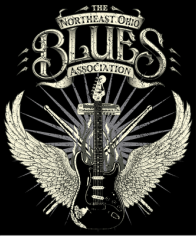
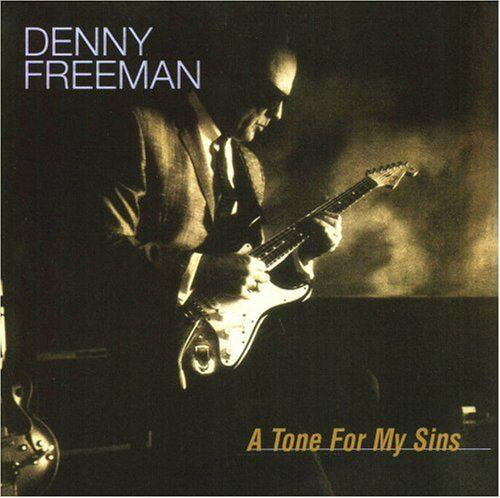
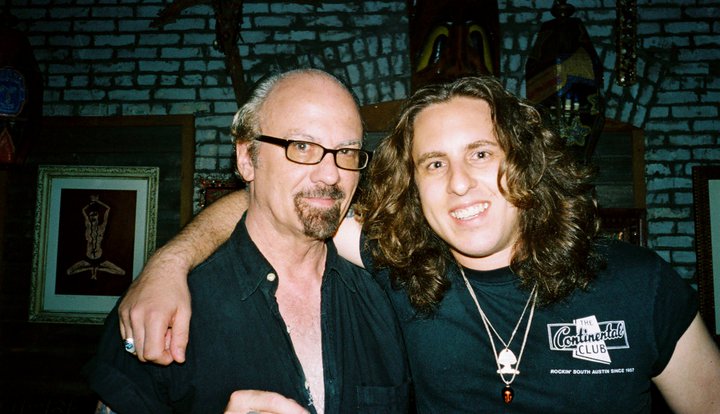
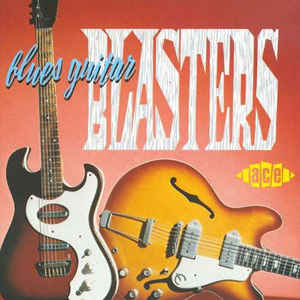
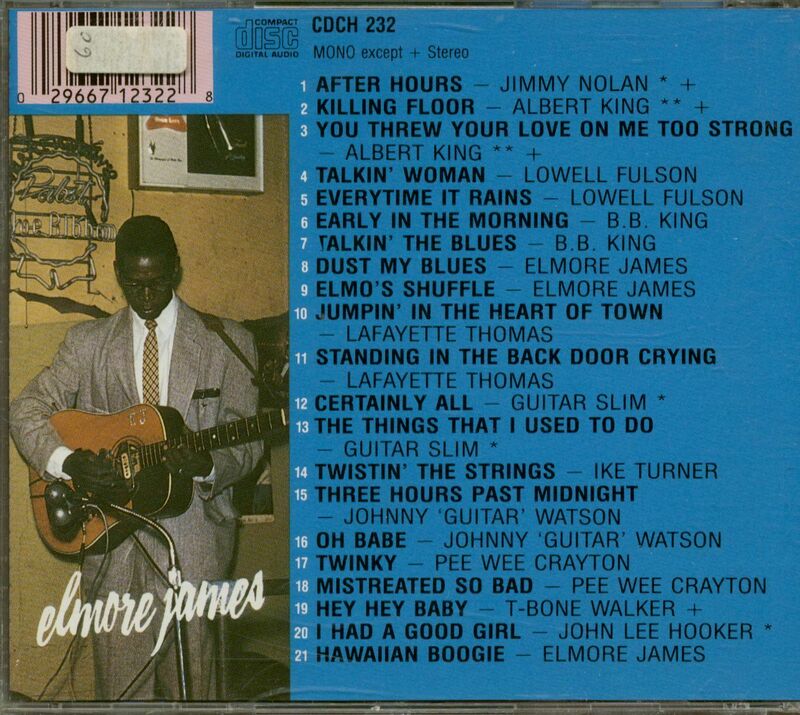
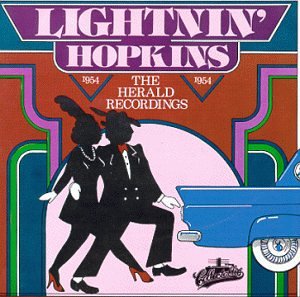
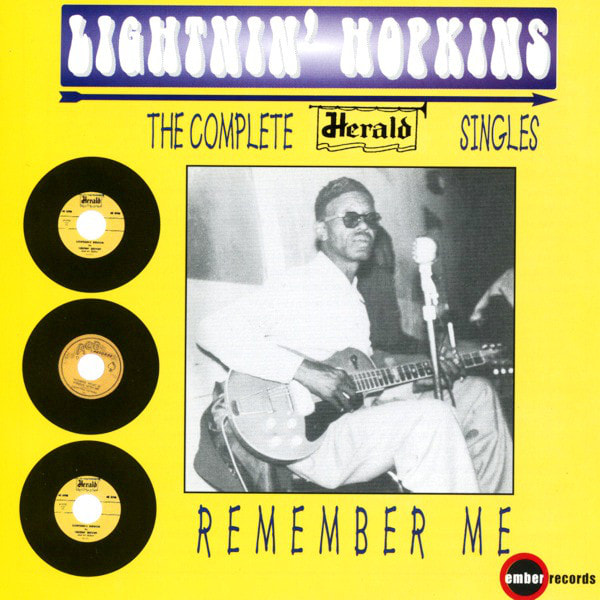
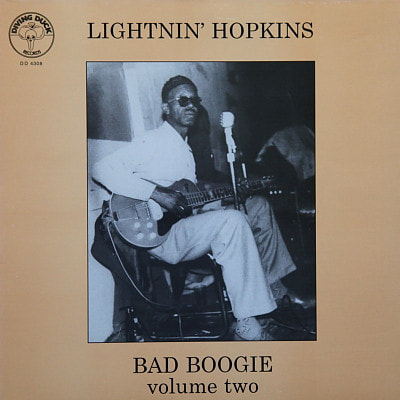
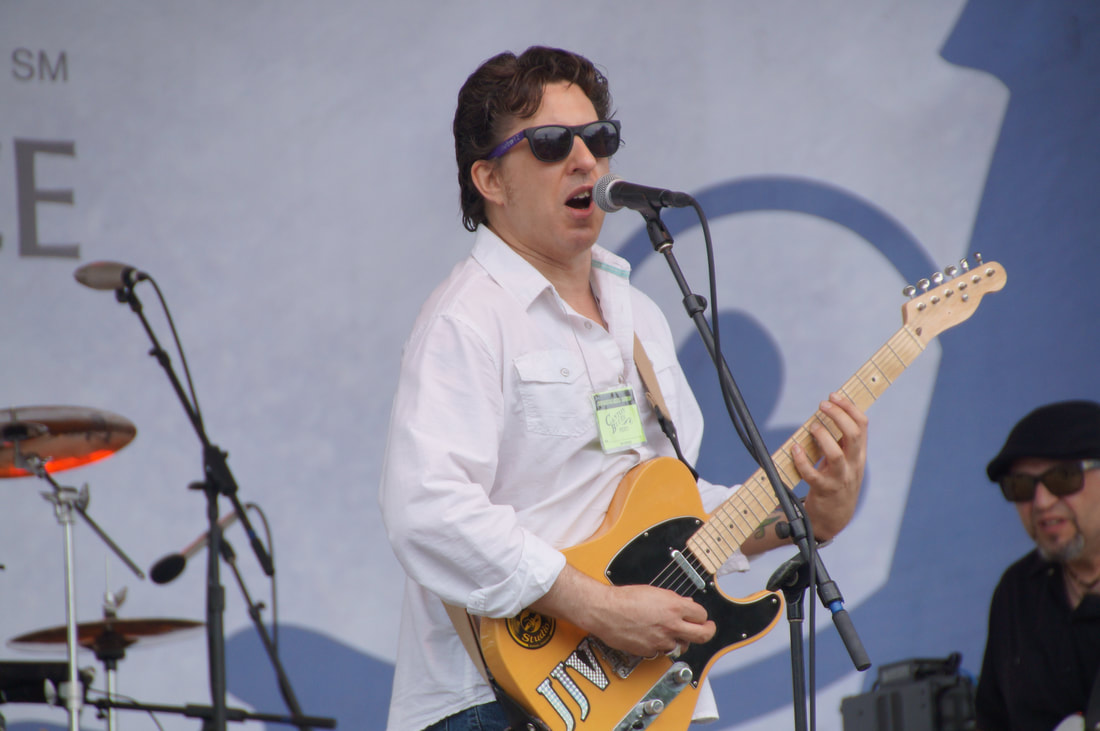
 RSS Feed
RSS Feed